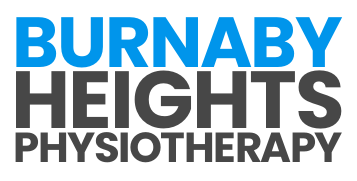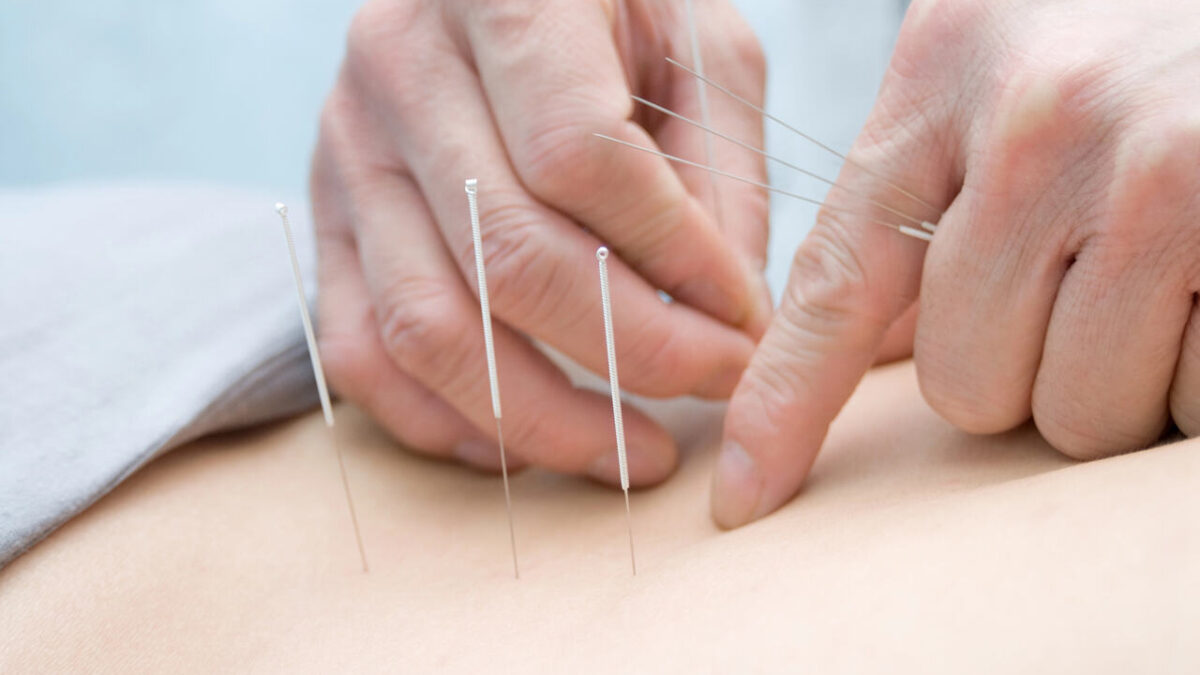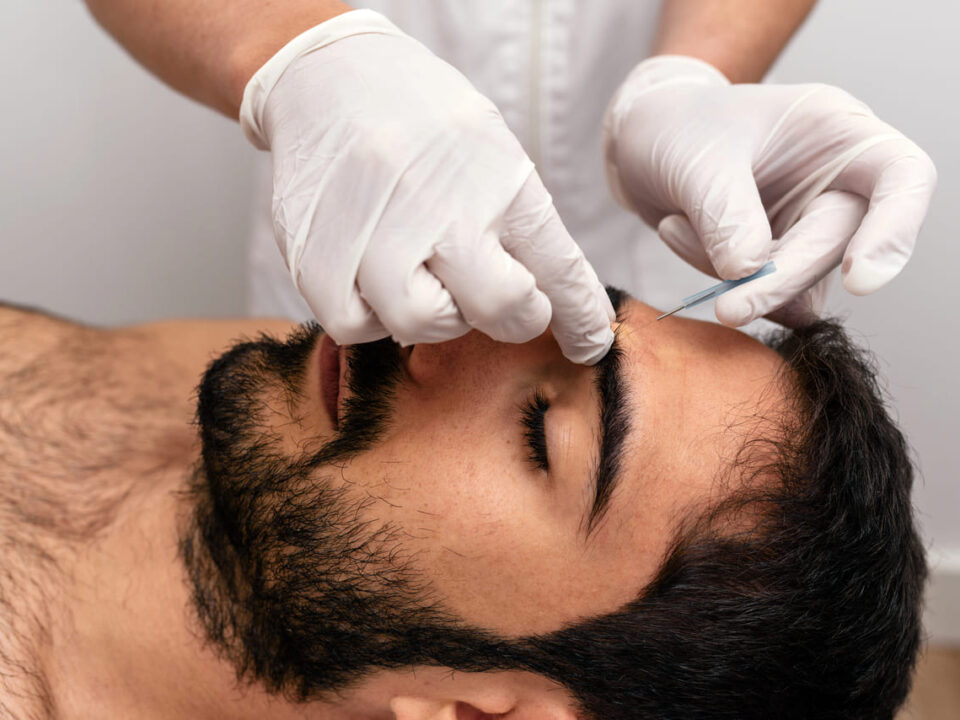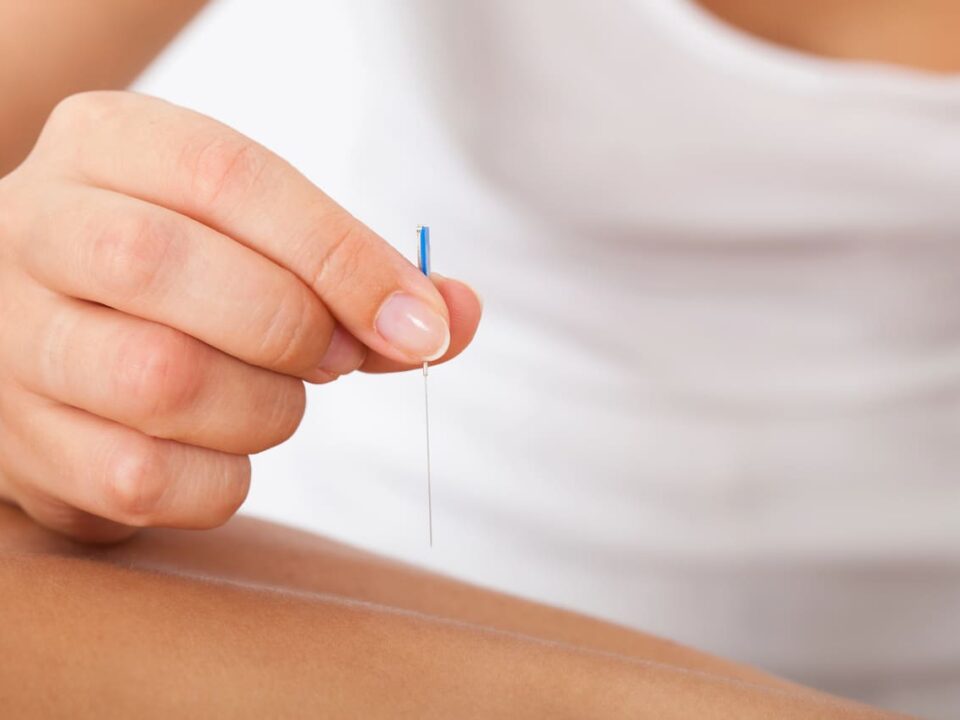
Targeted Relief: How Acupuncture Helps Tennis Elbow Recovery
January 19, 2025
Overcoming Heel Pain: Physiotherapy for Plantar Fasciitis Explained
February 10, 2025Pain can be disruptive, limiting mobility and affecting daily life. While conventional treatments like medication and physiotherapy offer solutions, many people seek a natural, drug-free approach to pain relief. Acupuncture has gained widespread recognition for its ability to help manage pain by stimulating the body’s self-healing mechanisms. In this blog, we’ll explore how acupuncture works, the types of pain it can treat, and what to expect from a session.
Acupuncture’s Role in Pain Relief
Acupuncture works by stimulating specific points on the body, known as acupuncture points, with thin, sterile needles. This process triggers physiological responses that contribute to pain relief. Here’s how:
- Endorphin Release: Acupuncture encourages the body to release endorphins, natural pain-relieving chemicals that promote relaxation and reduce discomfort.
- Improved Blood Flow: The stimulation of acupuncture points increases circulation, helping to deliver oxygen and nutrients to tissues while reducing inflammation.
- Nervous System Regulation: Acupuncture interacts with the nervous system, altering pain signals sent to the brain and decreasing overall sensitivity to pain.
- Muscle Relaxation: By targeting trigger points, acupuncture helps relax tense muscles, alleviating pain caused by tightness or spasms.
Through these mechanisms, acupuncture supports the body’s natural healing processes and provides relief from various types of pain.
Types of Pain Acupuncture Can Treat
Acupuncture is used to address a wide range of pain conditions, including:
- Chronic Pain: Conditions like arthritis, fibromyalgia, and nerve pain respond well to acupuncture treatments.
- Back and Neck Pain: Acupuncture helps relieve tension and inflammation in the spine and surrounding muscles.
- Headaches and Migraines: Many people find relief from chronic headaches through acupuncture, as it reduces muscle tension and improves circulation.
- Joint Pain: Osteoarthritis and other joint-related pain conditions can be managed with acupuncture by reducing inflammation and stiffness.
- Sports Injuries: Strains, sprains, and muscle soreness can be alleviated with targeted acupuncture therapy.
- Post-Surgical Pain: Acupuncture is often used as a complementary therapy to support recovery and pain management after surgery.
For individuals looking for a natural approach to pain relief, acupuncture offers a versatile and effective solution.
Chronic Pain Conditions: Can Acupuncture Help?
Acupuncture has been extensively studied for its role in managing chronic pain, with research demonstrating its effectiveness in several conditions. For individuals suffering from lower back pain, studies indicate that acupuncture can provide long-term relief by reducing discomfort and improving mobility. Those with osteoarthritis, particularly in the knees, often experience significant pain reduction and better movement following acupuncture therapy. In cases of neuropathic pain, such as sciatica or nerve damage, acupuncture has been shown to ease discomfort by targeting affected nerve pathways. People with fibromyalgia also report positive effects, with reduced muscle pain and fatigue after regular treatments. While acupuncture is not a universal solution for all pain conditions, it is widely recognized as a valuable complementary therapy that enhances the effectiveness of other treatments.
Acupuncture Sessions for Pain Relief: What to Expect
If you’re new to acupuncture, understanding what to expect during a session can help you feel more at ease. A typical acupuncture appointment includes:
- Initial Consultation: The practitioner will discuss your medical history, pain levels, and overall health to determine a customized treatment approach.
- Needle Placement: Fine, sterile needles are gently inserted into specific acupuncture points, typically remaining in place for 15-30 minutes.
- Sensation and Relaxation: Most people report minimal discomfort, often experiencing a tingling or warming sensation at the needle sites.
- Post-Treatment Effects: Some individuals feel immediate relief, while others notice gradual improvements over multiple sessions.
Acupuncture sessions are designed to be relaxing, allowing the body to engage in its natural healing processes.
How Many Acupuncture Sessions Are Needed for Pain Relief?
The number of acupuncture sessions needed depends on the severity and nature of the pain, as well as the individual’s response to treatment. Acute pain, such as muscle strains or tension headaches, may show improvement within three to six sessions. Chronic pain conditions, which persist over a longer period, often require a more extended approach, typically involving six to twelve sessions before noticeable relief is achieved. Some individuals incorporate acupuncture into a long-term routine, scheduling periodic sessions to maintain pain relief and prevent recurrence. During the initial consultation, a practitioner will assess the condition and develop a personalized treatment plan tailored to the individual’s specific needs.
Possible Side Effects or Risks Associated With Acupuncture
Acupuncture is considered a safe and low-risk therapy when performed by a licensed practitioner. However, some minor side effects may occur, including:
- Mild Soreness or Bruising: Temporary tenderness at the needle sites is common but usually resolves quickly.
- Fatigue or Lightheadedness: Some individuals feel relaxed or slightly tired after a session.
- Temporary Symptom Flare-Up: In some cases, symptoms may temporarily worsen before improvement occurs.
It’s essential to seek treatment from a trained and experienced practitioner to ensure a safe and effective experience.
Is Acupuncture a Safe Alternative to Pain Medication?
Yes, acupuncture is widely regarded as a safe and effective alternative to pain medication, particularly for individuals looking to reduce their reliance on drugs. Unlike painkillers, which often mask symptoms rather than addressing their root cause, acupuncture targets pain at its source by promoting the body’s natural healing responses.
For those who cannot tolerate pain medication due to allergies, sensitivities, or the risk of dependency, acupuncture offers a natural, side-effect-free solution. However, it’s important to consult a healthcare professional before discontinuing any prescribed medications.
Pain Conditions Acupuncture May Not Be Suited For
While acupuncture is highly effective for many types of pain, there are some conditions where it may not be the best solution. These include:
- Severe Acute Injuries: Conditions like fractures, deep wounds, or torn ligaments require immediate medical intervention rather than acupuncture alone.
- Infections or Inflammatory Diseases: While acupuncture can help manage symptoms of chronic inflammation, it does not treat active infections or severe inflammatory disorders like sepsis.
- Pain Due to Structural Damage: Conditions that involve significant structural issues, such as advanced degenerative disc disease, may require surgical intervention rather than acupuncture.
- Unexplained or Worsening Pain: If pain is worsening or has no clear explanation, acupuncture should not be used as a substitute for a thorough medical evaluation.
Acupuncture is best used as part of an integrative approach to pain management, complementing other medical treatments as needed.
Pain Relief Tailored to Your Needs
Acupuncture has been used for centuries to relieve pain, improve circulation, and support overall well-being. Whether you’re struggling with chronic pain, recovering from an injury, or looking for a natural alternative to medication, acupuncture can be an effective part of your treatment plan. At Burnaby Heights Physiotherapy, our experienced practitioners provide personalized care to help you feel your best. Book your session today and take a step toward lasting pain relief.






